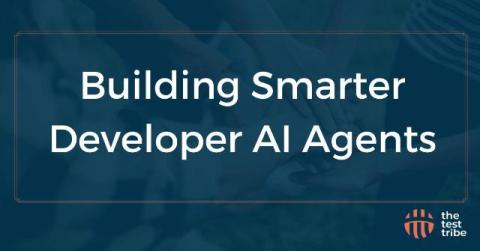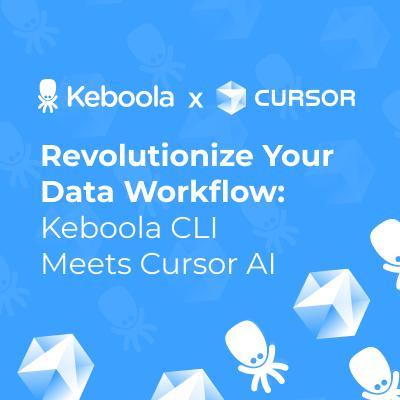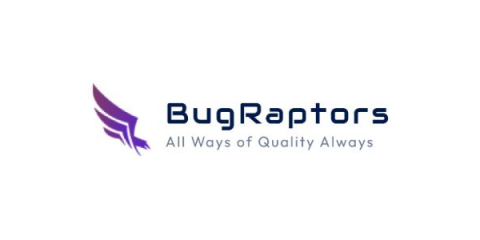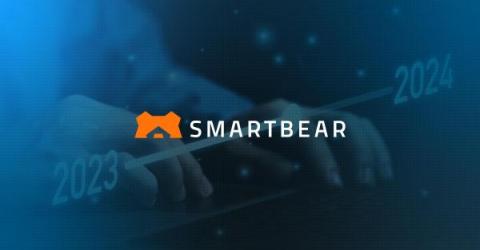Building Smarter Developer AI Agents: QA Automation for Seamless Next-Gen Software Evolution
AI code generation is at a Pareto threshold. The first 80%—writing simple, functional snippets—is relatively straightforward. But the last 20%? That’s where it gets tricky. Building resilient, adaptable systems isn’t just a technical hurdle; it’s a leap of imagination and engineering, similar to the journey toward self-driving cars. Remember when everyone thought fully autonomous vehicles were “just around the corner”?











